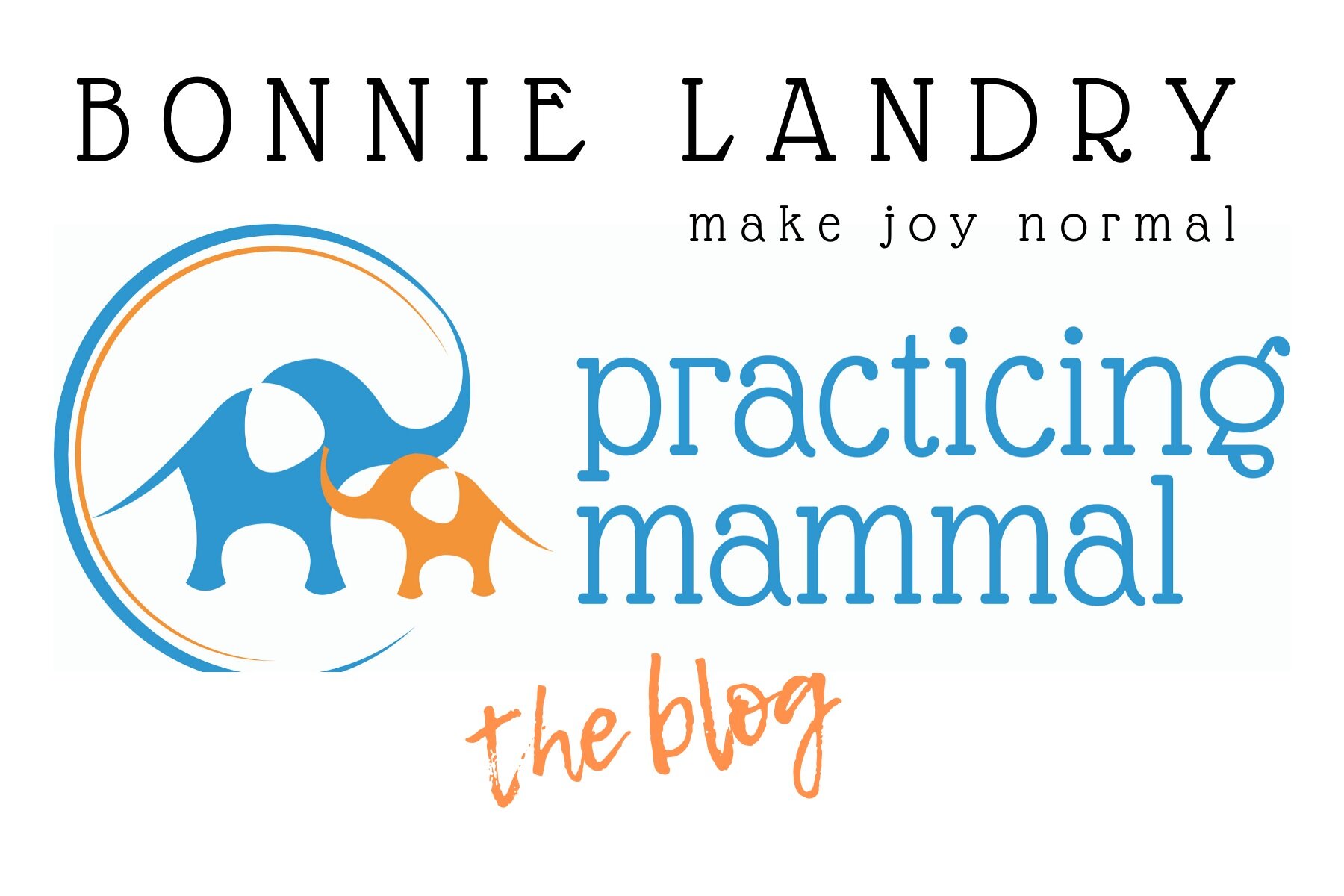teaching children to read without curriculum, part two
Not using “direct instruction” or “getting out of a child’s way” when it comes to teaching a child to read needs to be clearly understood. Not using “direct instruction” should not be confused with “no instruction.” When we teach children to read, getting out of the child’s way largely means that we don’t create extra stress or angst as they are negotiating their way through this incredibly complex learning challenge.
We support and teach indirectly through every interaction with the child. We challenge the child’s skill and knowledge without burdening them. Challenge without burden.
Such an important concept. When we operate without curriculum we (meaning both parent and child) are less likely to be burdened by the particular way a curriculum is laid out…which may or may not match the way a child’s brain is processing the acquisition of written language. No two children learn spoken or written language in exactly the same way! Such individualized learning is simple to address when we are literally sitting with the child, on our lap or snuggled beside us, addressing the shapes and sounds of letters, the combinations of letter sounds, the formation of letters into words…in a loving and tender setting. A setting so intimate that the parent knows exactly what the child knows and doesn’t know with regards to language.
It is difficult to “challenge without burdening” with precision without this familial intimacy.
Indirect instruction could also be referred to, in this parent to child environment, as “formation.” But what does it look like, in real life? A child is on our lap, story in hand. We take their hand in our own, maybe trace the “B” on the title page…”look at that B, it makes the sound of B, like this word here…big…and this one…better.” Maybe two or three words. Depending where they are with knowledge of letters, you ask them to point out “B’s” throughout a story book. Two or three times, or ten, depending on the child’s desire to play the game, and their ability: challenge without burden.
In a homeschool setting, using a natural, inductive approach to discover the wonder of language uses the same formative, relational strengths of familial intimacy, so effective for forming our children in all the areas of their lives: spiritual, social, emotional, academic.

